What's the top fertilizer for a vegetable garden? 11 great feeds to boost harvests and the crops they are best for
It pays to match the right type of fertilizer to the right vegetable crop - we look at the top organic and inorganic feeds
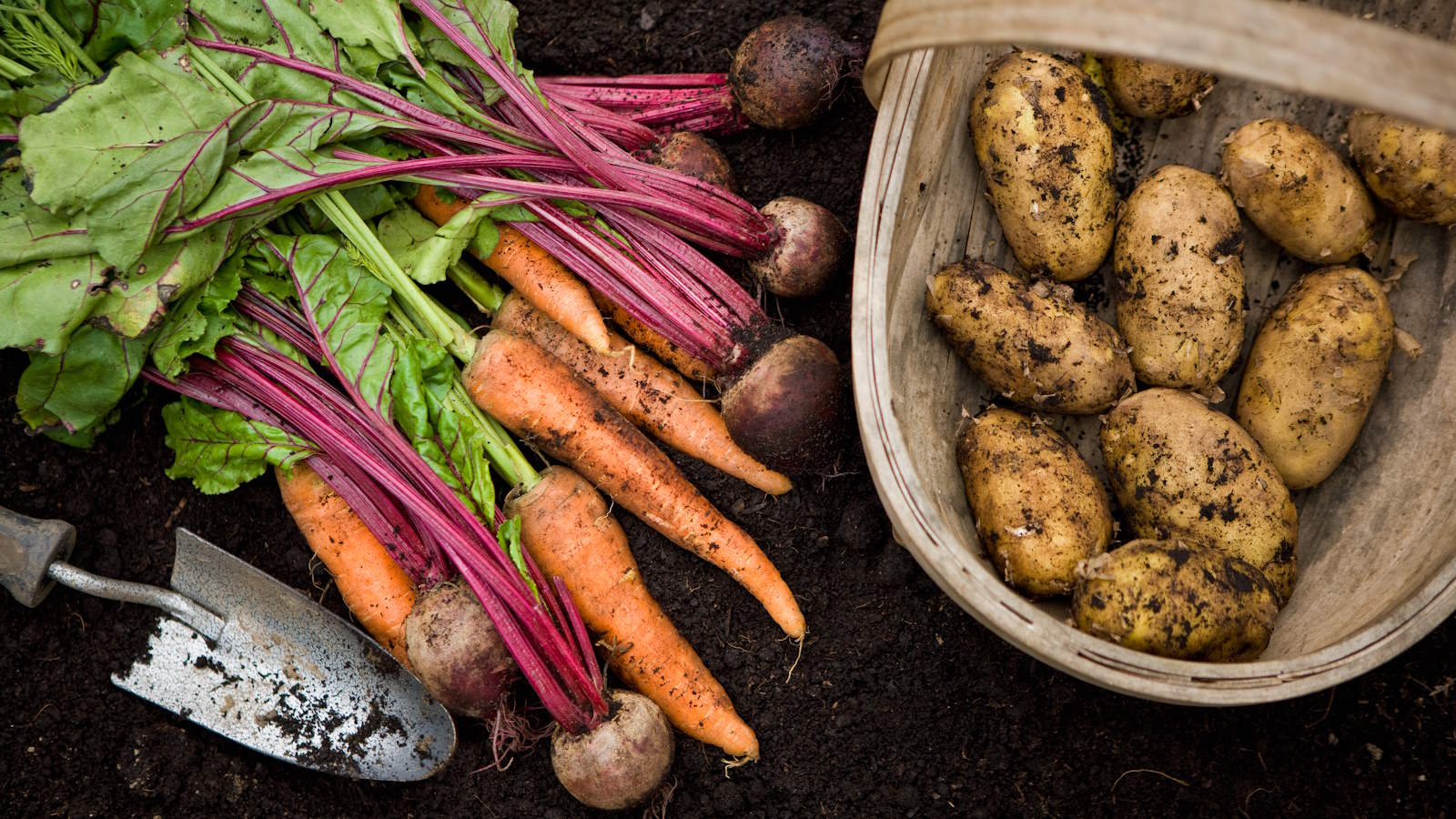

Using fertilizers in a vegetable garden helps to increase your yield and have strong, healthy plants that have better resistance to pests and diseases.
Fertilizers can be organic and inorganic, however using feeds is not a one-size-fits-all tactic. It is important to know what you are targeting when you choose the best fertilizer for a vegetable garden. Know what nutrients each crop wants and which fertilizers will provide that.
Feeding your crops is key to any successful vegetable garden ideas. Whether you use compost, manure, homemade fertilizers, or store-bought feeds, they all offer advantages to certain crops.
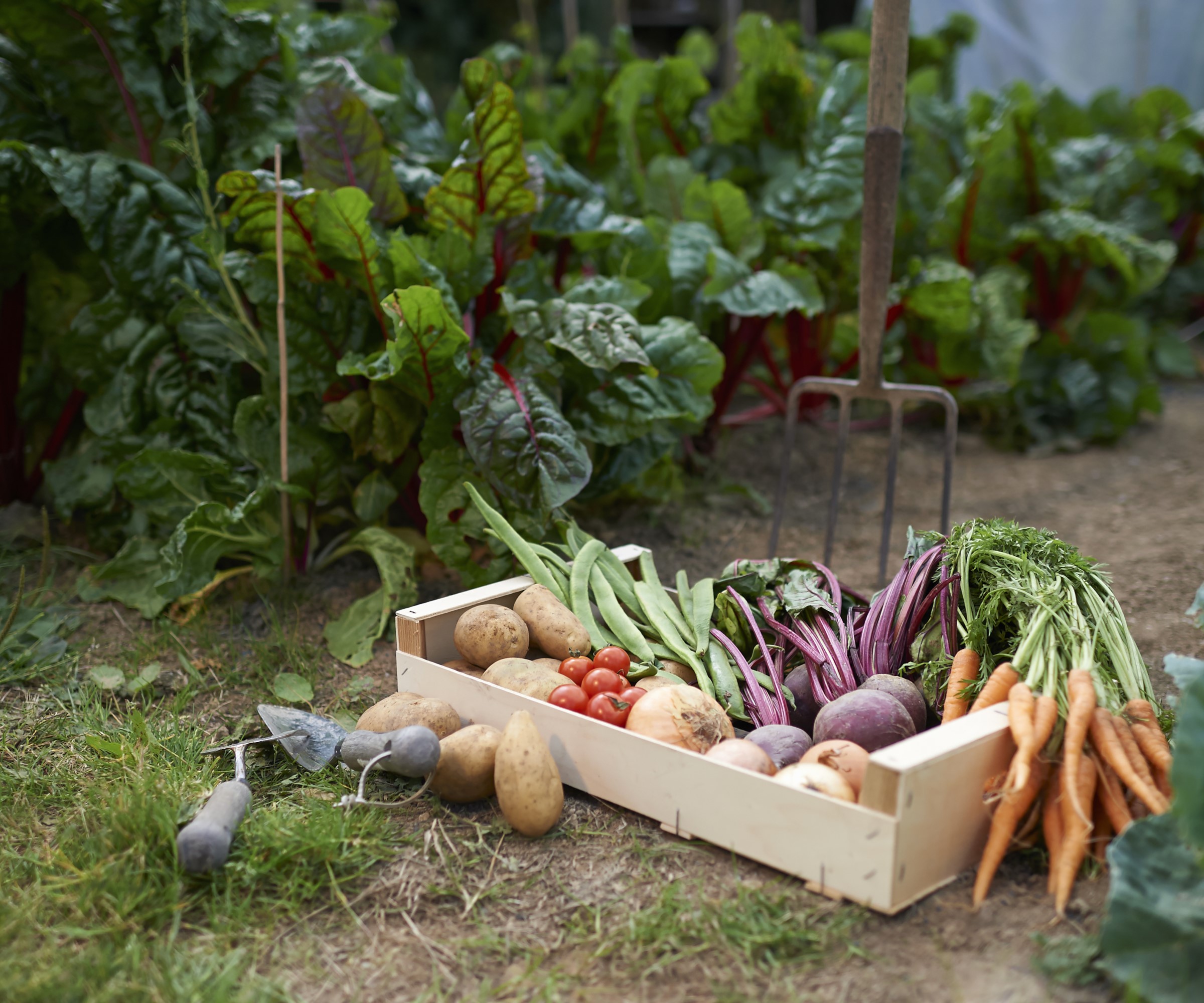
Using fertilizer in the vegetable garden will boost harvests
How to choose the best fertilizer for a vegetable garden
All fertilizers contain the three important nutrients of nitrogen, phosphorus and potassium and these are all evident as plant fertilizer numbers. Their make-up in the feed is outlined by three numbers, for example, 10-10-10. Each nutrient is important for differing reasons, such as nitrogen promotes leaf growth while potassium is great for flowering and fruiting.
Choosing the best fertilizer means knowing the nutrients required for a great crop. Feed plays a big role in getting the best harvests and not fertilizing crops is a common vegetable growing mistake to avoid. It is always recommended to get your soil checked, to understand your soil type, soil pH, and nutrient make-up, as this can show any nutrient deficiencies that feeds can help target.
Great soil health is a combination of structure, water retention and availability of nutrients. It is a continual process to develop and maintain your soil for the benefit of crops, and using fertilizer is an important part of that.
Choosing the best fertilizer for a vegetable garden is essential for you to get the most from your crops. Your main choices are between organic and inorganic fertilizers. We look at 11 of the best fertilizers for a vegetable garden to see what nutrients they offer and what crops they are best for.
Design expertise in your inbox – from inspiring decorating ideas and beautiful celebrity homes to practical gardening advice and shopping round-ups.
Organic feeds
Organic feeds come from natural plant sources, or animal origins, and include the likes of compost, manure, and plant-based fertilizers. These are often slow-release feeds that provide nutrients to the plants over a long period and many can be made at home.
Compost
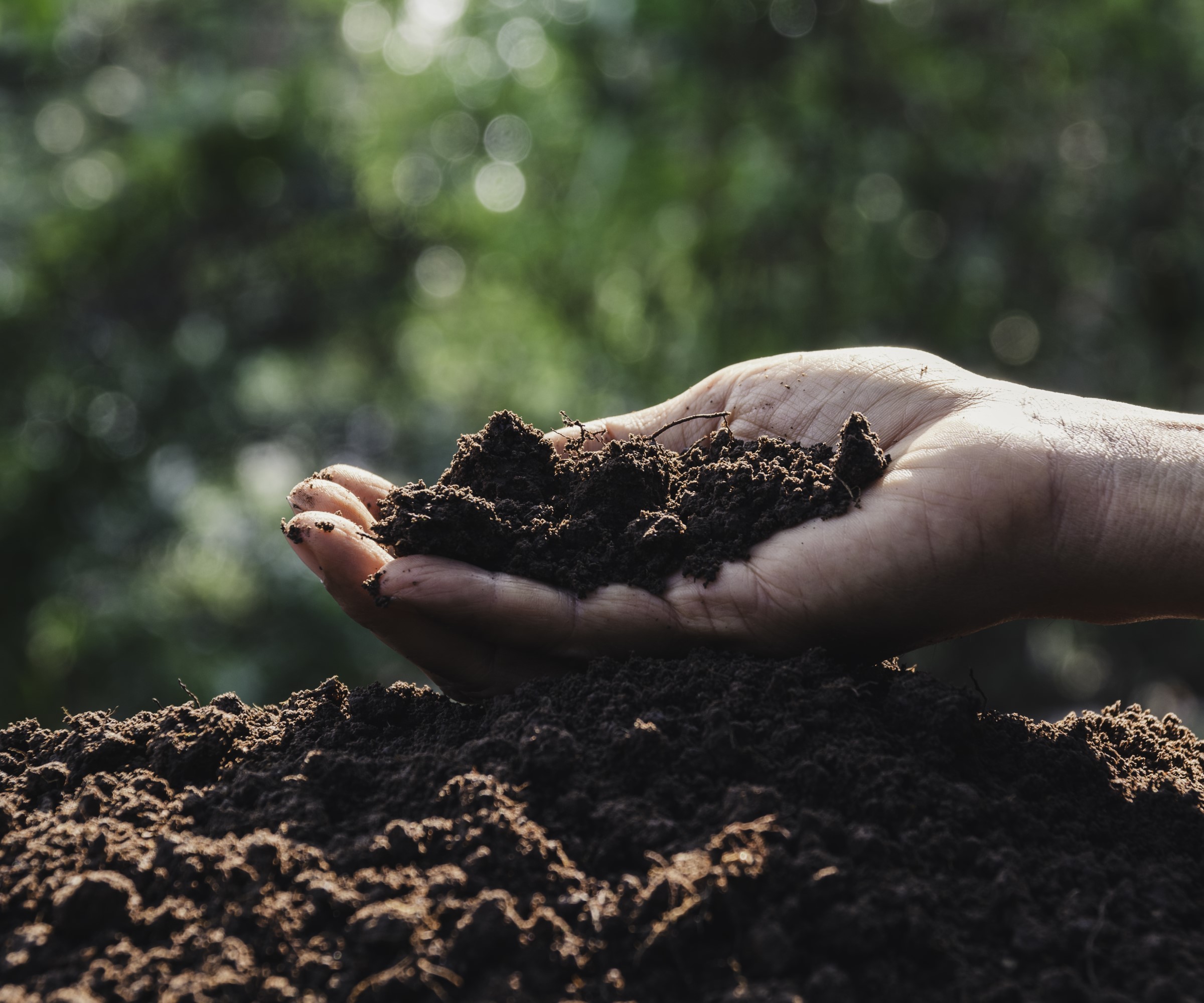
Compost offers vital nutrients to plants over a long period
- Benefits: Slowly releases nutrients, improves soil structure, retains moisture in soil
- Types of vegetables: All
- When to use: Spring or fall
- How to add: Incorporate into soil, mulch on top of soil
Being able to use homemade compost is the dream of all vegetable gardeners, though compost can be easily bought to use in the vegetable garden.
Good quality compost is made by the decomposition of a wide range of garden materials, including leaves, plant debris, vegetable scraps, organic kitchen waste, or grass clippings from mowing a lawn.
Compost has all the vital nutrients required for strong vegetable growth. It has lower levels of nutrients than shop-bought chemical feeds but does release them to plants over a very long period. The material also helps with soil structure and water retention, making compost a fantastic soil conditioner.
Compost can be dug into the soil or put on the surface as a mulch, and it is recommended to mulch a vegetable garden annually. It is also commonly spread on the surface of a vegetable garden as part of no-dig gardening techniques.
There are different options to make compost. The traditional methods are compost bins or putting together a structure made from wooden pallets. You can also use a wormery to make nutrient-rich compost - which also provides a bonus liquid fertilizer - or try hot composting, which can create compost in under a month.
Manure
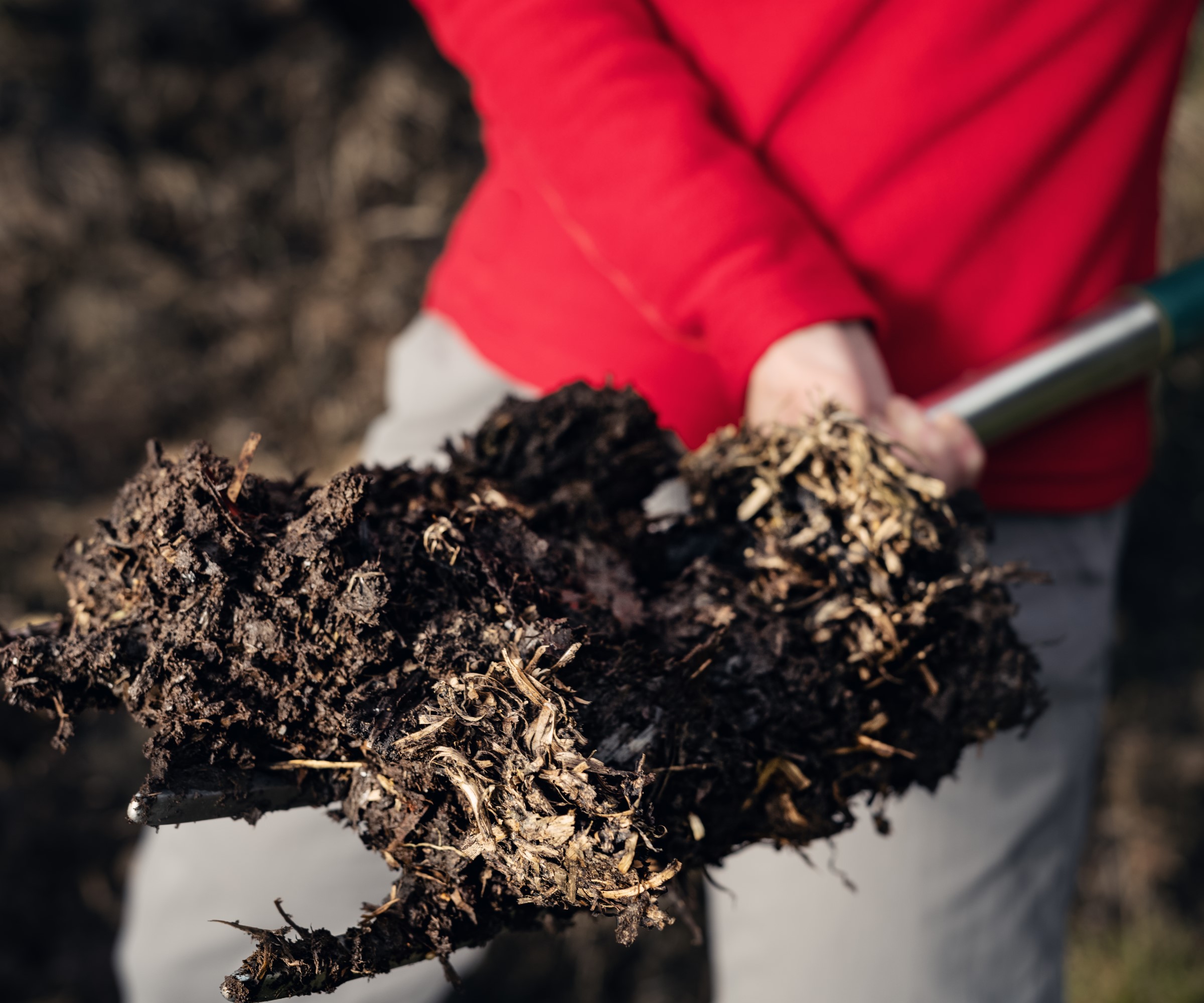
Manure should be well-rotted when added to the vegetable garden
- Benefits: High in nutrients, improves soil structure
- Types of plants: All
- When to use: Fall, winter
- How to add: Incorporate into soil
Manure has been used in the vegetable garden for many years, commonly dug in during the fall and winter months as a way of preparing garden soil for spring. Animal waste tends to always be mixed with soil in the garden and must be well-rotted, as fresh manure has the potential to harm plants.
Manure from various animals can be used, but the most common are chicken manure, which is high in nitrogen, and cow or horse manure, both of which are lower in nitrogen and more all-round in values of NPK. Animal manure is a good method if you want to add phosphorus to soil.
Leaf mold
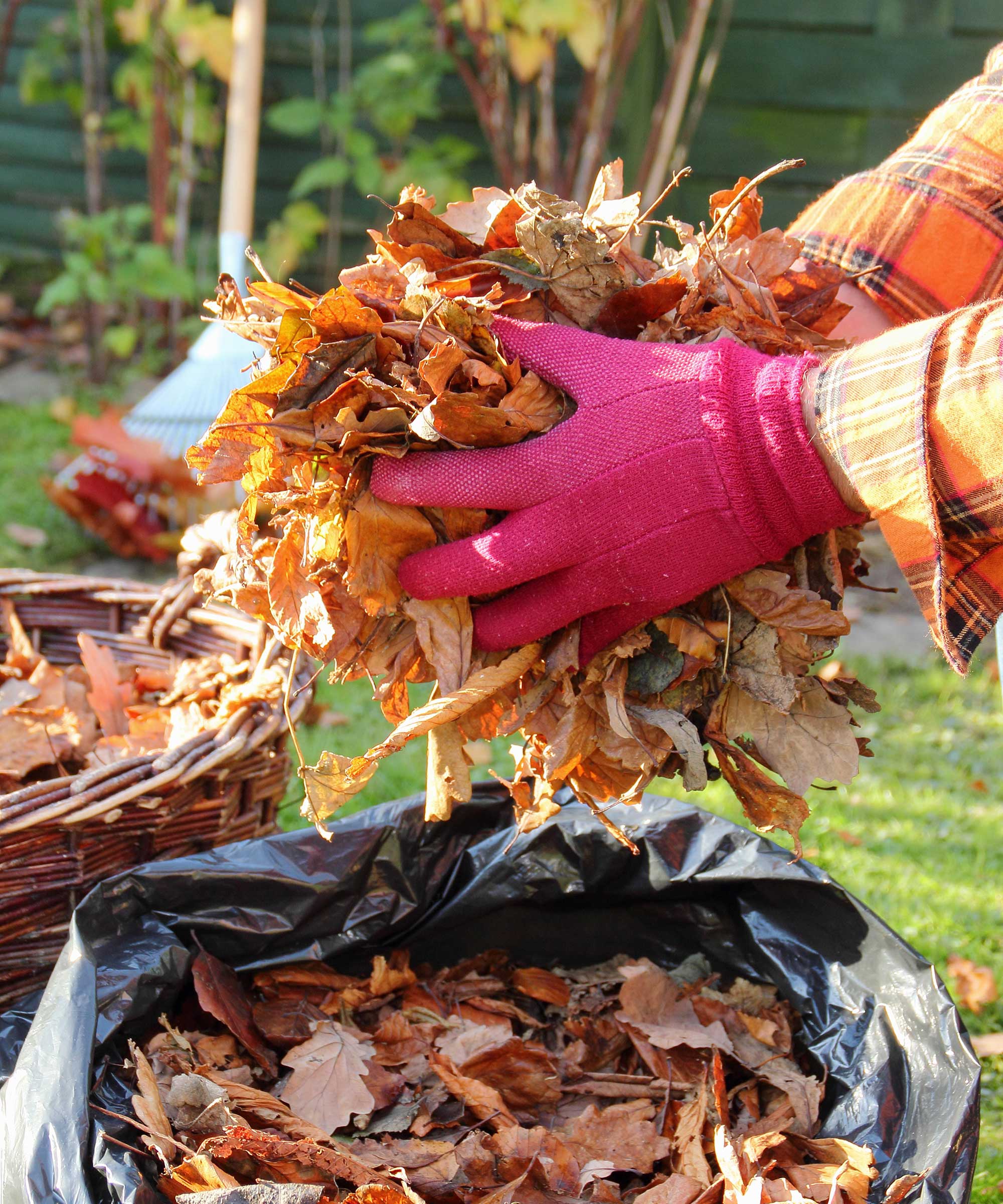
- Benefits: Feeds the soil, boosts water retention
- Types of plants: All
- When to use: Fall, spring
- How to add: Incorporate into soil, mulch on top of soil
Leaf mold is a useful natural garden fertilizer made simply from decaying leaves. It can be used as a mulch or a soil conditioner and contains important nutrients essential for healthy plant growth.
Making leaf mold is as simple as collecting leaves when they come off the trees in the fall and storing them in a bin or bag for 6-12 months. Picking what leaves to use will make a difference, as smaller leaves, such as oak and beech, will decompose quicker while larger, thicker ones take longer. That is when it becomes beneficial to shred leaves before storing them to speed up the process, which can be done by running over them with a lawn mower.
Blood meal
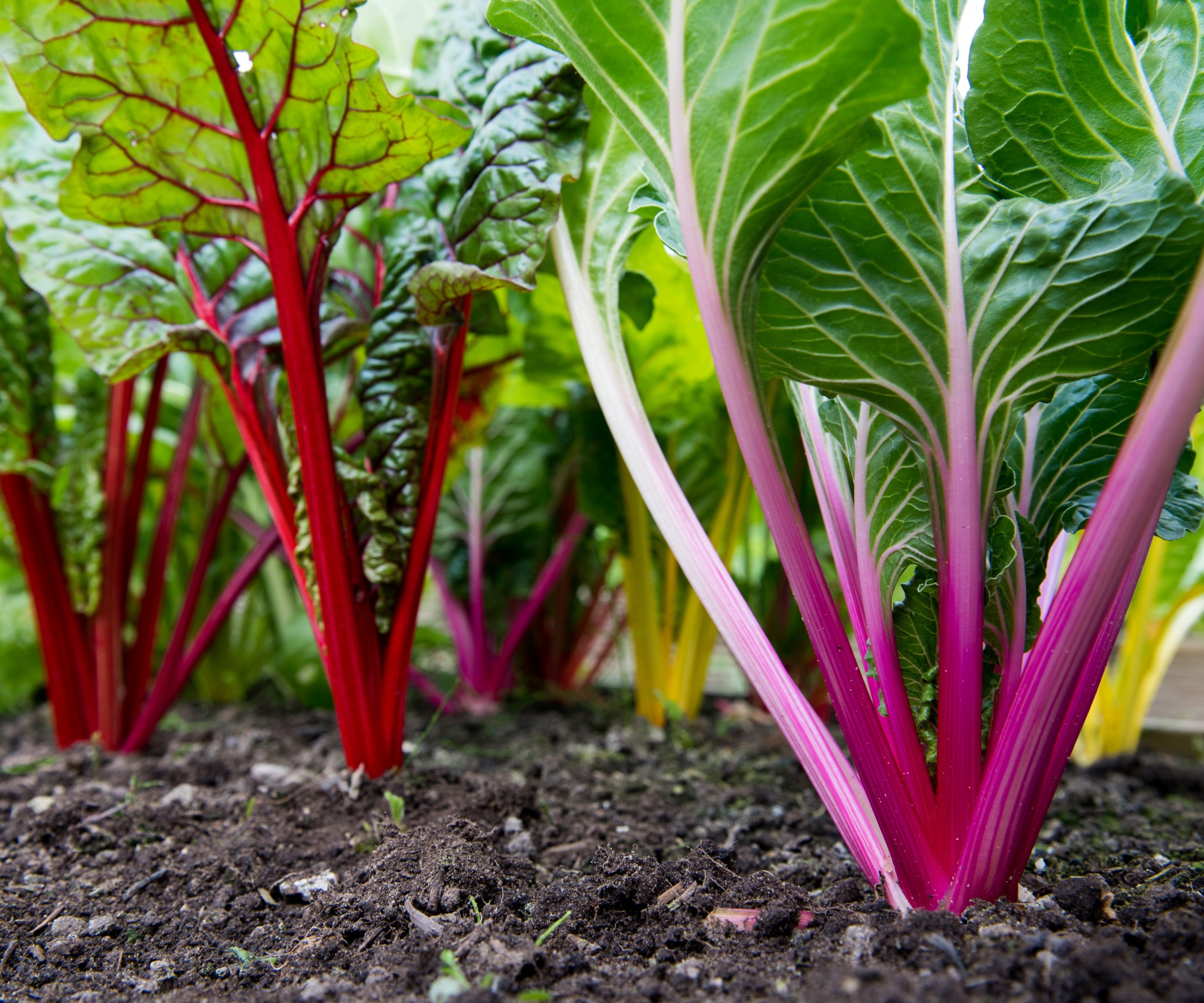
Leafy greens like chard want a high nitrogen feed such as blood meal
- Benefits: High in nitrogen
- Types of plants: Leafy greens
- When to use: Spring, summer
- How to add: Mix into soil around plants
Blood meal is a product made from dried animal blood and comes in a powdered form. The main benefit of blood meal is that it is high in nitrogen. That makes it a useful feed for leafy greens and it can be used to replenish vegetable beds that have been drained of nitrogen over a period of cropping.
Any vegetables that show signs of nitrogen deficiency, including yellowing leaves, could benefit from the addition of blood meal. The use of blood meal can also help to make soil more acidic, with vegetables such as carrots, cauliflower, squash, and pumpkins doing well in mildly acidic soil. You can buy blood meal from Burpee.
Bone meal
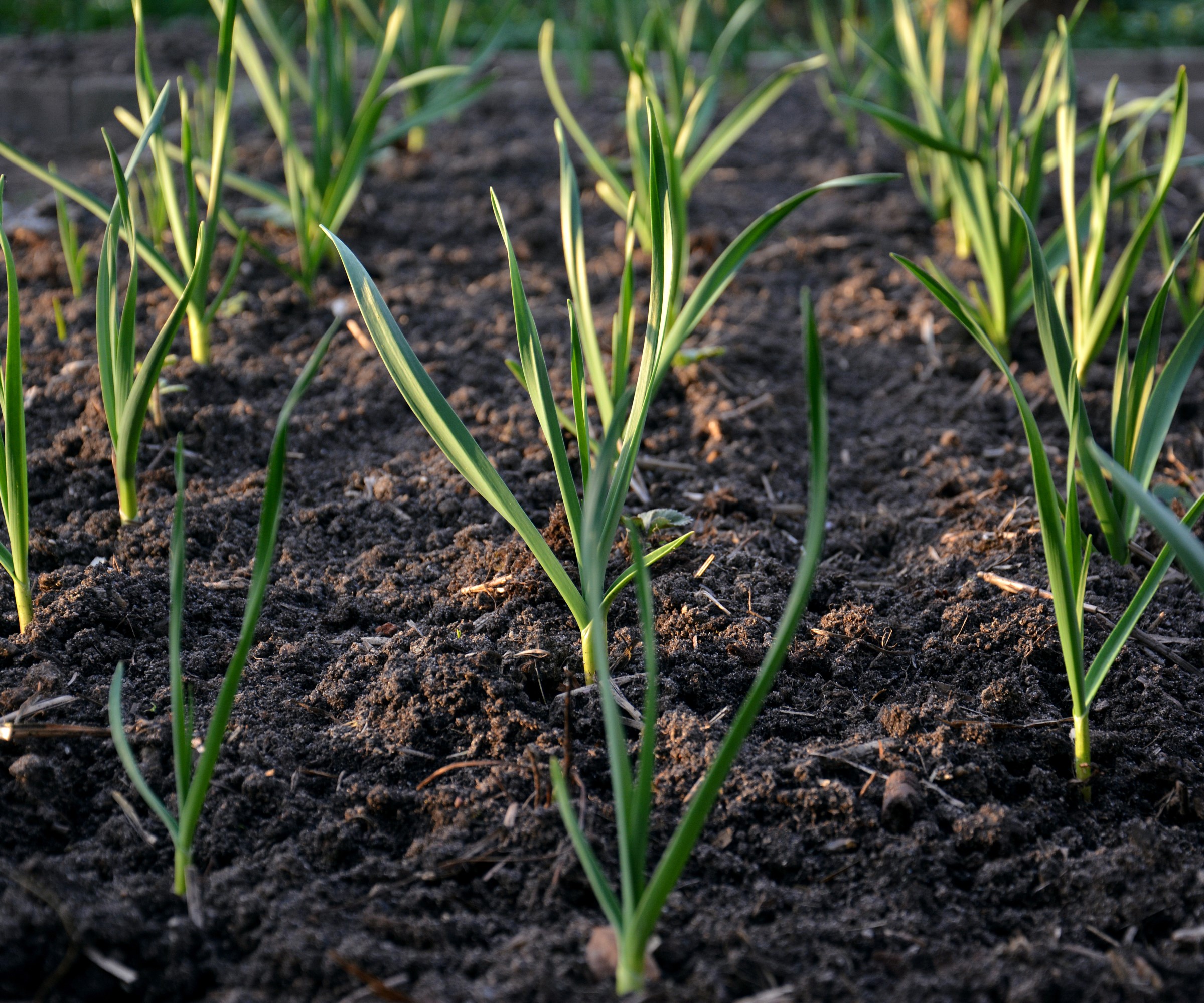
Bone meal can be used to feed alliums, such as garlic
- Benefits: High in phosphorus, good for roots
- Types of plants: Root crops, eg. carrots, parsnips, beets, and alliums
- When to use: Spring
- How to add: Mix into the soil around plants
Bone meal is a by-product from the animal processing industry and the animal bones are washed and ground into a powdered form. Bone meal is low in nitrogen and potassium but very high in phosphorus.
As phosphorus is a valuable nutrient for root development, that makes bone meal a great feed when growing carrots or growing parsnips.
Other great uses for bone meal in the vegetable garden come when growing alliums, as it helps boost growth when growing garlic and is also a top choice when fertilizing onions. You can buy bone meal from Burpee or try this Organic Healthy Grow variety from Walmart.
Comfrey feed
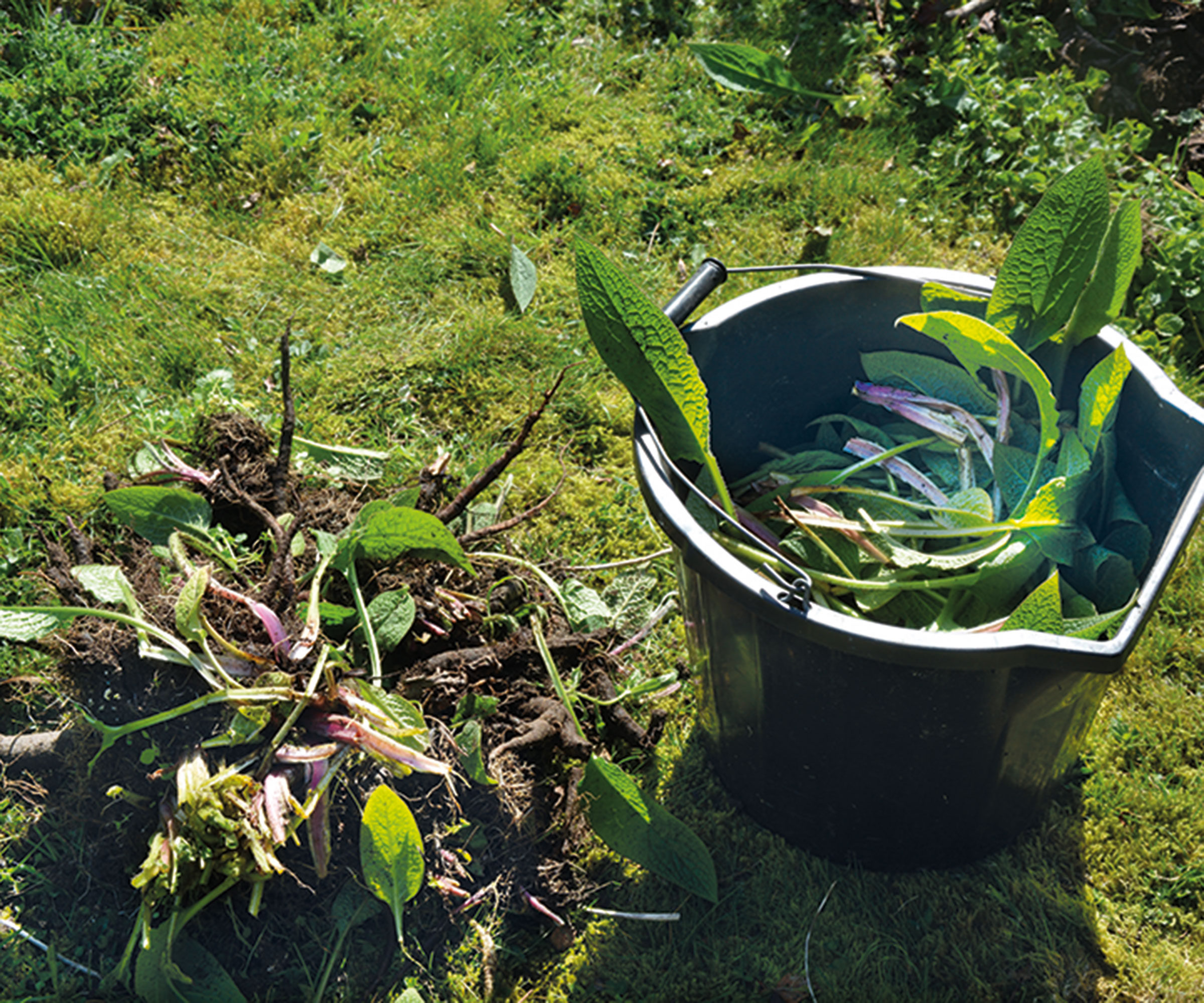
Comfrey is commonly turned into a tea to feed plants
- Benefits: High in nutrients
- Types of plants: Fruiting crops, eg. tomatoes, cucumbers, peppers
- When to use: Summer
- How to add: Dilute and add when watering plants
If you want to make plant fertilizer, comfrey is one of the best homemade fertilizers for the vegetable garden as it contains high levels of NPK nutrients as well as other valuable trace elements.
To make comfrey fertilizer, simply cut down comfrey and add it to a bucket of water to brew for a few weeks. The resulting tea is diluted with water and then applied to the plants. In the vegetable garden, if you are growing tomatoes, growing cucumbers, or growing peppers, then these fruiting vegetables will all benefit from the addition of comfrey feed.
Seaweed
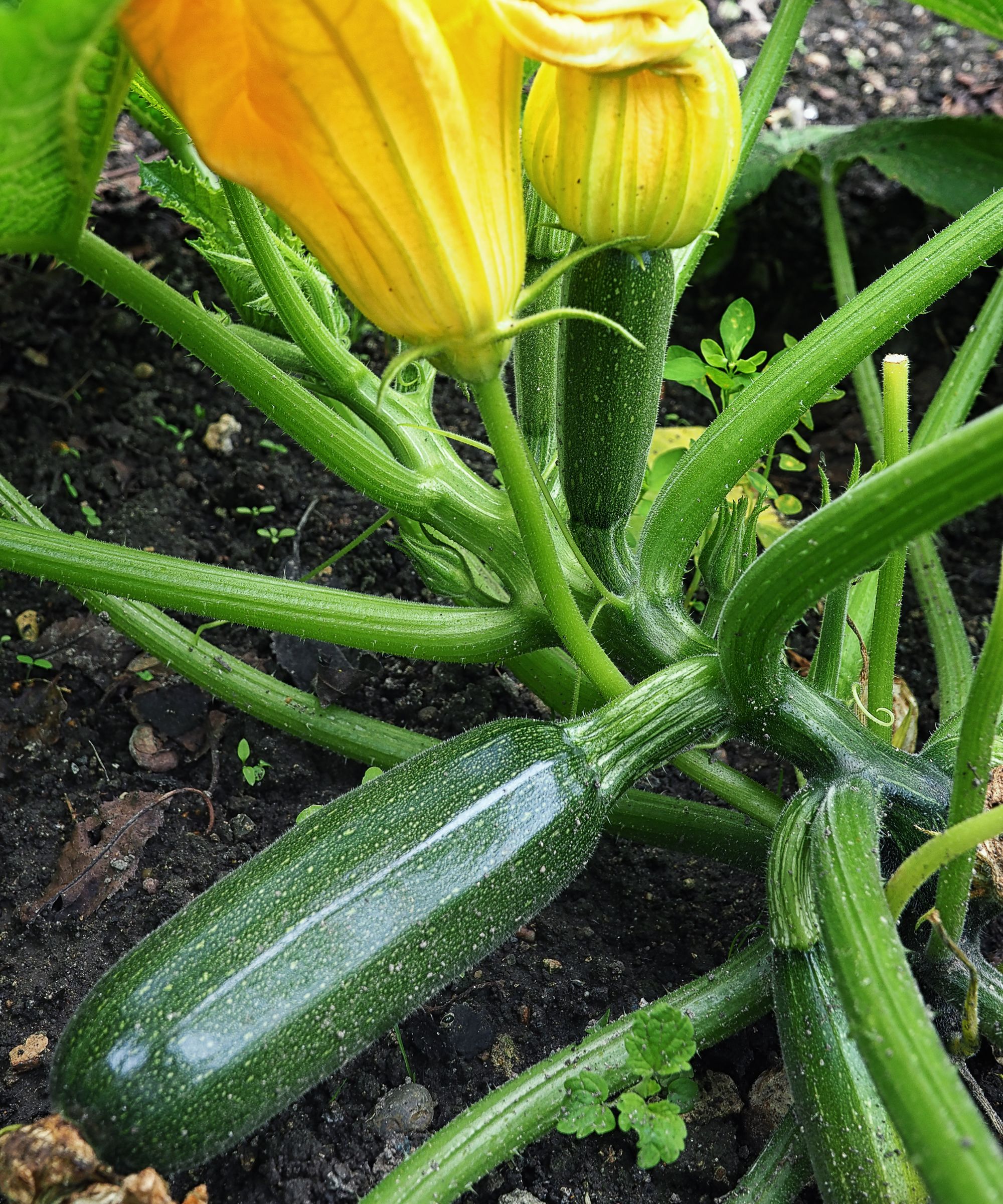
- Benefits: High in macro and micronutrients
- Types of plants: Tomatoes, beans, squash, zucchini, peppers
- When to use: Spring, summer
- How to add: Add as a liquid or granular feed
Seaweed fertilizers are organic feeds that can come in liquid or granular form and contain a broad range of beneficial nutrients. The benefits of seaweed see it commonly added as an ingredient to organic and inorganic fertilizers on the market. As well as the main NPK nutrients, seaweed is rich in micronutrients, including calcium, potassium and magnesium.
There are different ways to use seaweed in the garden as a fertilizer. It can be added to any compost bin, dried and sprinkled around plants, or soaked in water to make a nutrient-rich tea that can benefit plants.
Inorganic feeds
Inorganic feeds are more synthetic forms and include the likes of tomato feed and also granular fertilizers that are sprinkled around the plants. They are more concentrated forms of fertilizers that give a quicker hit of nutrients to plants than organic feeds, but do need to be regularly applied over the course of the growing season.
Tomato feed
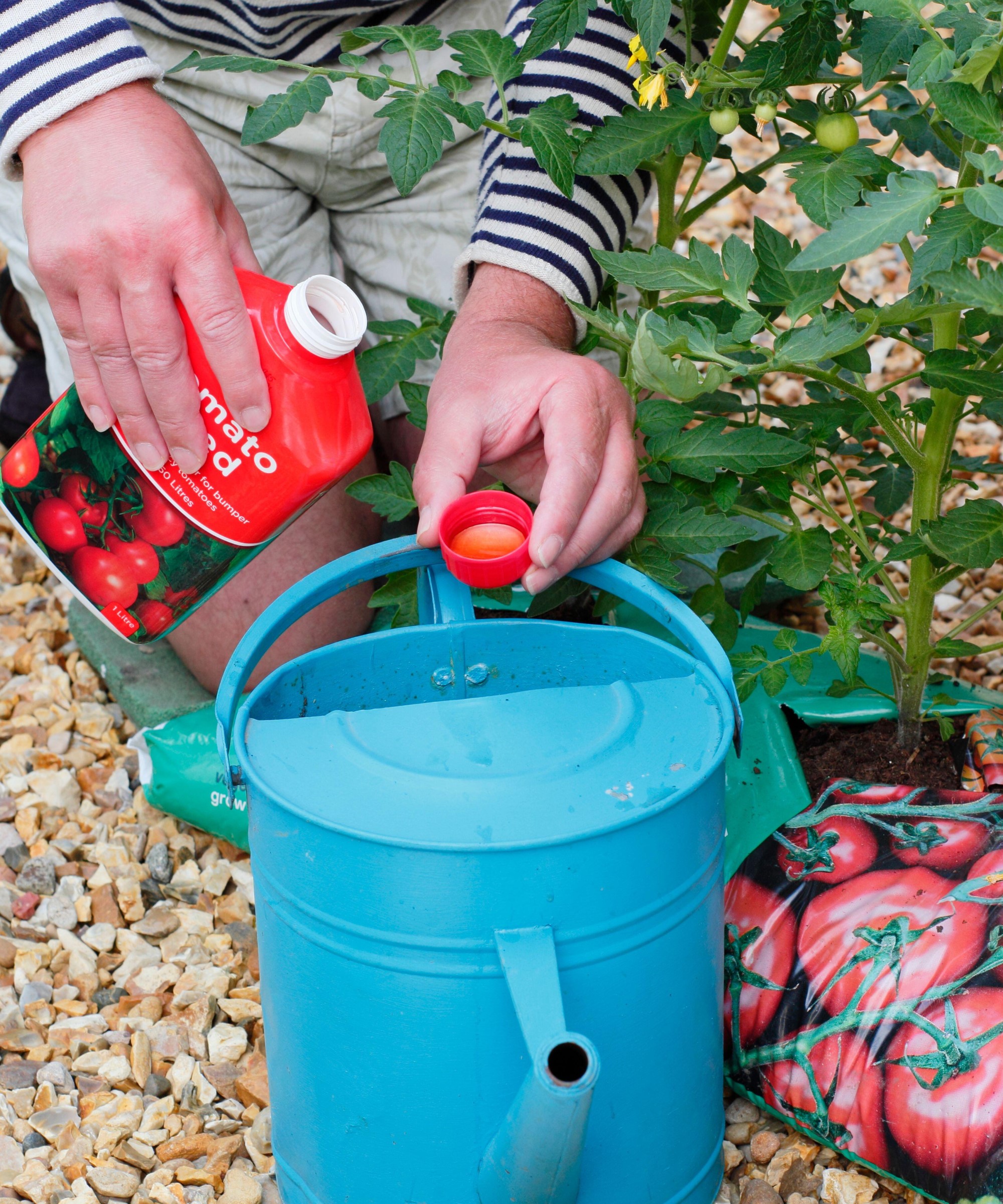
A liquid tomato feed is full of concentrated nutrients and needs to be mixed with water
- Benefits: High in phosphorus and potassium
- Types of plants: Tomatoes, eggplants, peppers
- When to use: Summer
- How to add: Dilute and add when watering plants
Tomato fertilizers can be both organic or synthetic, however, while it is always better to use an organic type, many inorganic types are available on the market.
The feeds are higher in phosphorus and potassium. which is essential for fertilizing tomatoes as they grow, however, they can offer benefits to other vegetables too. A dedicated tomato feed helps plants to both produce flowers and ripen fruit.
As well as boosting tomatoes, such a feed can also be used when growing eggplant, beans, peppers, chillies, and squash. Tomato feed can even be used to fertilize potatoes. Use tomato feed to boost fruiting vegetables, however, do not use it when growing lettuces or other leafy vegetables as it does not offer the high levels of nitrogen that such crops require.
Sulphate of potash
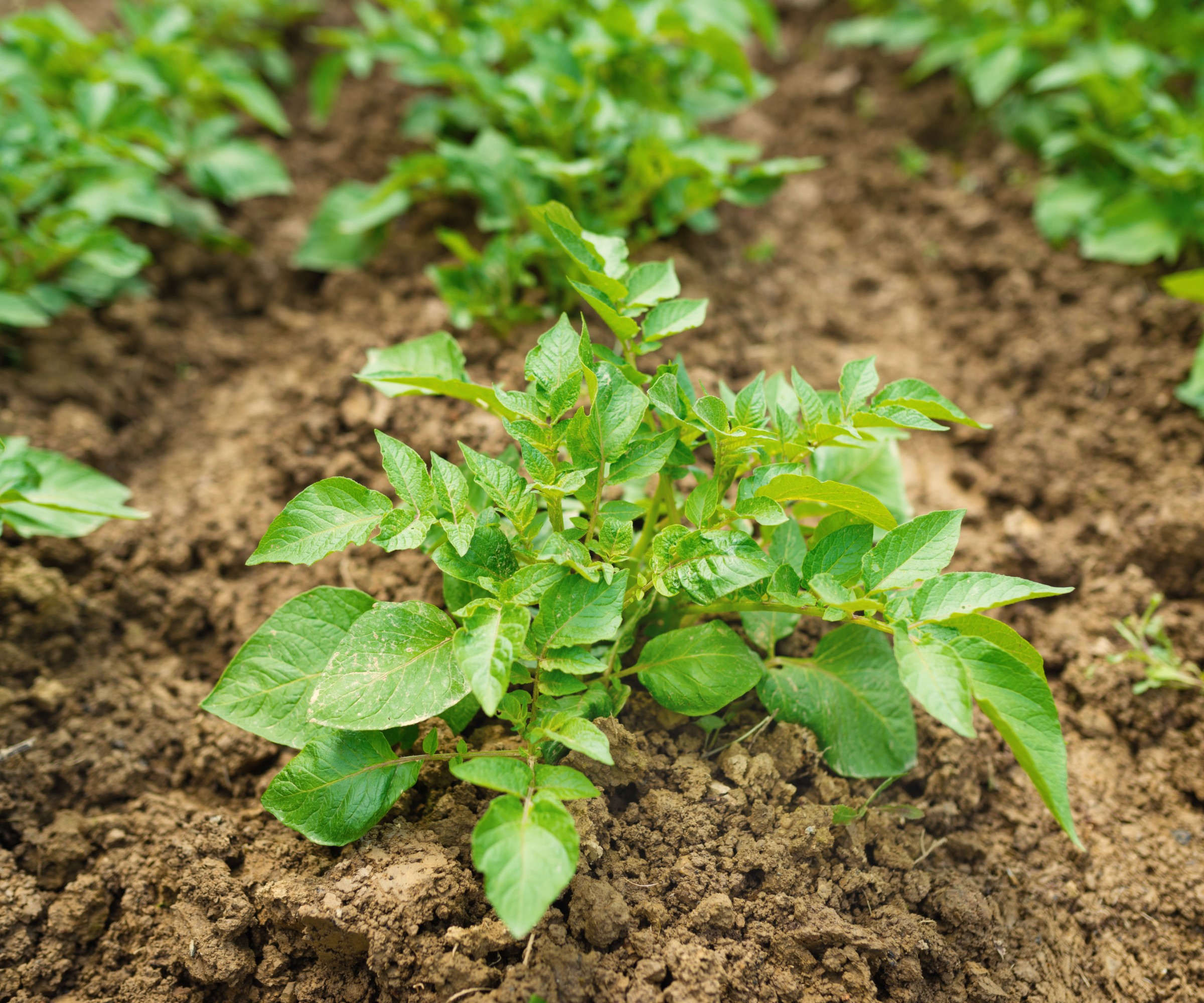
Potash is beneficial when growing potatoes
- Benefits: High in potassium
- Types of plants: Potatoes, carrots, legumes
- When to use: Spring, summer
- How to add: Rake into soil around plants
Sulphate of potash is a feed that is very high in potassium and can promote the ripening of vegetables and fruit. It is applied in spring and summer to the vegetable garden and can be beneficial when growing potatoes, tomatoes, carrots, parsnips, peas and beans.
A high-potassium feed such as sulphate of potash is also recommended for fertilizing garlic during the growing season. This Hi-Yield Potash variety from Walmart would be suitable.
Sulphate of ammonia
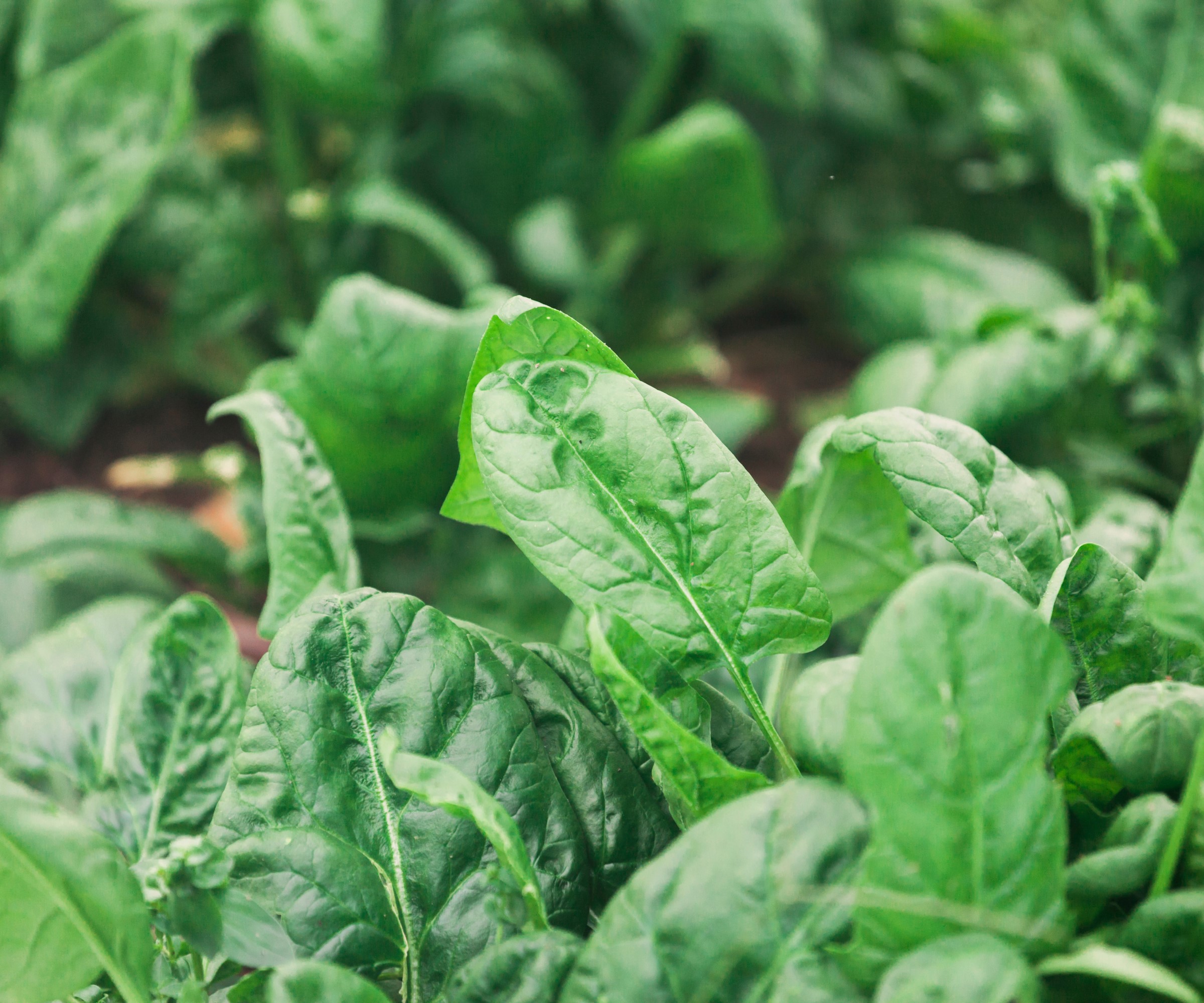
Spinach is among the leafy crops that want high nitrogen provided by sulphate of ammonia
- Benefits: High in nitrogen
- Types of plants: Leafy greens, brassicas, alliums
- When to use: Spring, summer
- How to add: Rake into soil around plants
Sulphate of ammonia is very high in nitrogen and therefore a great feed for vegetable plants that want to put on leafy growth. It is very beneficial for brassicas, as well as growing spinach, lettuce, onions, or leeks.
Sulphate of ammonia should be worked into the top surface of the soil and watered in. It is important to not get any of the feed on the leaves or stems as it could burn the plant due to its high level of nitrogen. This Ammonium Sulphate granular fertilizer from Walmart has an NPK number of 21-0-0.
All-purpose plant food
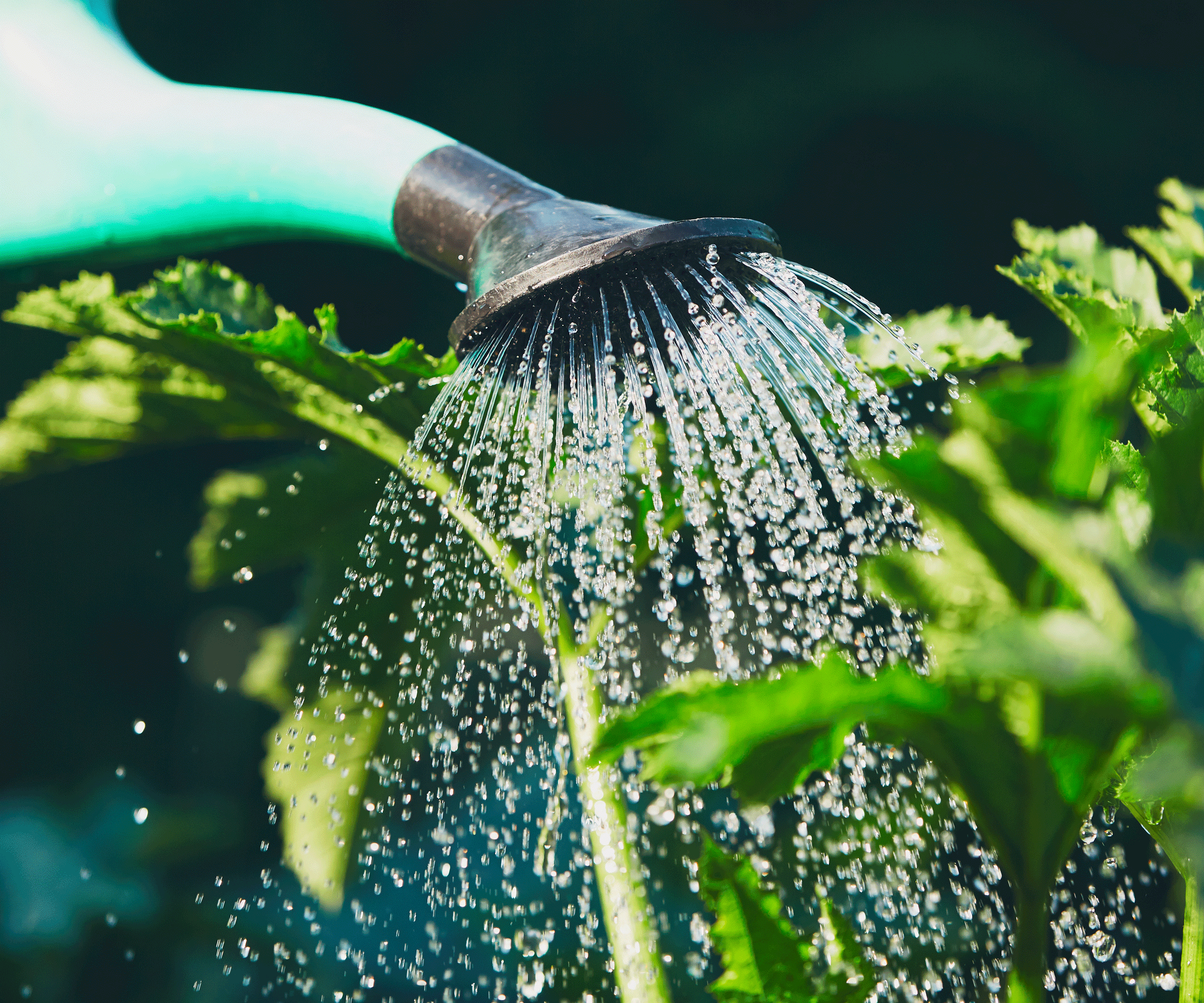
Liquid feeds are applied often to plants as they release their nutrients quickly
- Benefits: High in essential nutrients
- Types of plants: All
- When to use: Spring, summer
- How to add: Add in liquid form when watering, sprinkle granular products around plants
There is a range of inorganic all-purpose plant food available in stores and online. They come in either granular or liquid soluble form and tend to contain all three of the essential plant nutrients. These products all offer vital nutrients to plants and will help them grow.
One example is the Expert Gardener All-Purpose Water Soluble Plant Food available from Walmart. This feed comes in liquid form and is mixed with water to be added to vegetables. It has an NPK of 24-8-16 and offers all the vital nutrients vegetables need to grow strong and healthy. The high nitrogen and potassium content makes it a great option for many vegetables and fruit, particularly the likes of tomatoes, peppers, eggplant, squash, and pumpkins.
A granular example of an all-purpose feed that is ideal for the vegetable garden is the Miracle Gro Shake 'N Feed Tomato, Fruit & Vegetable Plant Food available at Amazon, which is scattered on the surface and mixed into the soil. This fertilizer has an NPK of 10-5-15, so it offers a lot of nitrogen and potassium to crops and is also ideally suited for use on any fruiting vegetables.
FAQs
When is the best time to fertilize a vegetable garden?
When you are starting a vegetable garden and making your plans for each year, it is important to remember that the best time to fertilize is in the winter or spring before each growing season commences.
Traditionally, growers would add manure or compost to their beds at the end of one season, ready for the next. This can be done as soon as late fall or early winter. When it comes to using fresh manure, for example, adding it in the winter allows the material to break down over the months and be in the best condition ready for when you plant vegetables.
Feeding the soil in spring means that the essential nutrients are available to young crops when you plant vegetables in spring and early summer. Though spring is the best time for major rejuvenation of the soil, many fertilizers can also be added when the vegetables are planted and throughout the season as and when required. That applies to lots of the inorganic and liquid feeds, such as tomato fertilizers, that are mixed with water and applied when watering plants throughout the growing season.
What are NPK numbers?
The plant fertilizer numbers on the packaging of any product show the makeup of nitrogen (N), phosphorus (P), and potassium (K) it contains. It is displayed as a ratio of three numbers, for example, a balanced product would show 10-10-10 or 20-20-20.
Should I do a soil test before fertilizing a vegetable garden?
It is always recommended to get your soil tested before planning any fertilizing schedule. A soil test can show you the pH and nutrient makeup of your soil, highlighting any deficiencies that may need to be rectified. A soil test kit like this one on Amazon allows you to mail off samples to get professional analysis on 13 nutrient levels in the soil.
Is 10-10-10 good for a vegetable garden?
A 10-10-10 fertilizer is a good balanced, all-round feed that will provide vegetables with all the vital nutrients required for healthy growth. It is ideal for any crops that need a balanced level of nutrients to thrive and can be a good product to use when planting vegetables to get them off to a good start.
There is a large variety of fertilizers that are suitable for any vegetable garden or kitchen garden. However, there is no need to feel daunted by the range. A simple bit of research can reveal the nutrients required by each crop you are growing. When armed with that knowledge, it makes it easier to pick the best fertilizer. Many of the feeds listed above can be beneficial for multiple crops, so it means you need not end up with a garden shed or store room full of lots of different fertilizers.

Drew has worked as a writer since 2008 and was also a professional gardener for many years. As a trained horticulturist, he worked in prestigious historic gardens, including Hanbury Hall and the world-famous Hidcote Manor Garden. He also spent time as a specialist kitchen gardener at Soho Farmhouse and Netherby Hall, where he grew vegetables, fruit, herbs, and cut flowers for restaurants. Drew has written for numerous print and online publications and is an allotment holder and garden blogger. He is shortlisted for the Digital Gardening Writer of the Year at the 2025 Garden Media Guild Awards.